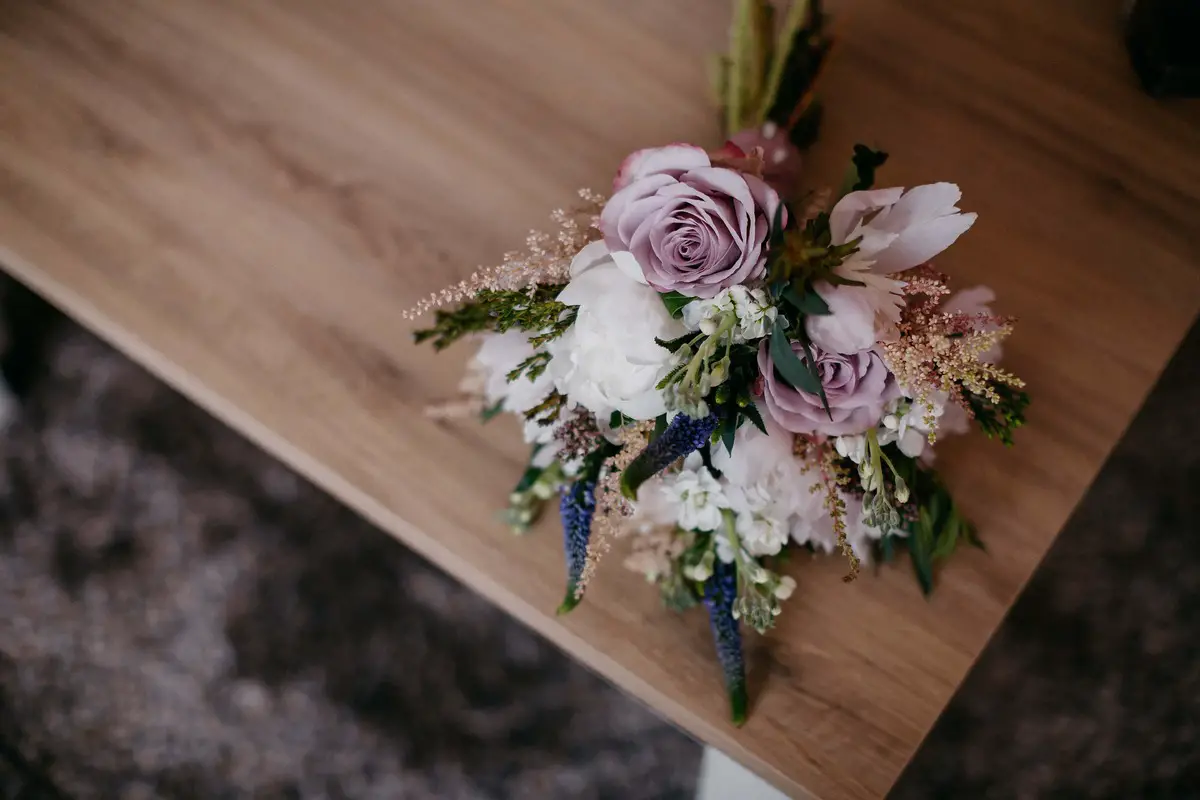Yes, you can compost flowers. Different flowers make perfect compost ingredients. Dried flowers are brown compost material, whereas fresh flowers fall under green compost material.
Composting is a natural and helpful mechanism that enables organic materials to break down under controlled conditions.
The method ensures organic soil enhancement from green materials like freshly cut flowers, kitchen scraps and tea bags, and brown materials like sawdust, yard trimmings, and dried flowers.
Dried flowers are brown compost material, whereas fresh flowers fall under green compost material.
Table of Contents
Can You Compost Dead Flowers?
Yes, dead flowers can be used for home composting.
Some may argue that we should classify dead flowers as green materials even after they have dried out. The assertion is not wholly without merit because flowers have a harmonious combination of brown and green materials. We’ll discuss this shortly.
That implies that a compost pile, heap, or bin packed with dead flowers would decompose independently. Dead flowers disintegrate into compost, producing some of the best compost you can get.
We can turn dead flowers into compost in a compost bin, heap, or pile. Though not required, you may also choose to shred the flowers into small pieces so they degrade more quickly.
Are Flowers a “Green” or “Brown” Material for Compost?
Based on when you add the flowers to the compost pile, we can consider them a “brown” or “green” material.
First, fresh flowers are green compost materials. Nitrogen-rich green materials give composting microbes the fast energy they need to thrive and multiply. Kitchen scraps like vegetable peels and fruits, fresh grass clippings, coffee grounds, and eggshells also fall under this category.
Dead flowers are brown composting material. Brown components offer microorganisms an ample supply of carbon, a reliable energy source for these organisms. Other brown materials include dry leaves, newspaper, branches, and twigs.
How Long Does It Take Flowers to Decompose?
The composting process of flowers in a well-built flower compost bin that follows proper composting best practices often takes 6 months to a year.
Depending on the size of the compost pile and the other materials you add alongside the flowers, composting your flowers could take up to two years.
Types of Flowers That Can Be Composted
You can compost garden flowers and commercial flowers to make rich compost.
But when putting flowers you’ve been gifted into the compost pile, ensure that you remove the wires and ribbons attached to the flowers. You should not dump these items into the compost pile. You also have the option of shredding them to smaller pieces, thus speeding up the decomposition process.
There are certain types of floral waste you should avoid since they are hard to break down or they contain substances that may leave harmful compounds in your garden soil.
You should not compost anything that might spread disease. Therefore, you should not put diseased flowers in the compost. They could also spread the pathogens to your farm and other plants and flowers.
Second, you should avoid thorny rose branches, bulbs, and flowers treated with hazardous herbicides. You should also avoid adding poisonous and diseased plants to your compost pile. The overall explanation is they can slow down decomposition, with the thorny stems, bulbs, tubers and corms requiring over two years to decompose.
Flowers treated with herbicides and pesticides pose a danger to other crops because they can pass on harmful chemicals, which can be fatal for the other plants and people eating foods harboring these chemicals.
Thirdly, exercise extra caution when purchasing commercial flowers from the florist because they are often treated with feeds. These feeds typically contain biocide, a compound that kills bacteria while protecting the flowers. Sadly, biocide also harms the good bacteria present in the compost heap.
How to Make Compost From Flowers
When composting flowers, you can apply cold and hot composting methods. Regardless of your chosen approach, the following DIY method will help you create a finished compost pile that looks great.
Step 1: Collect the Flowers
Remove the spent flowers from your flowering plants or flower garden by pruning them. Remove the flower’s petals and pitch them into the compost bin or heap.
The flowers can be dead, which adds carbon to the blend, or they could be fresh, which would add the nitrogen needed.
Step 2: Cut Them
Before putting the leaves and flower stems into the compost, you should chop them into smaller pieces. Cutting ensures that they will break down more quickly, which speeds up this process.
It also ensures you have enough materials to add to the compost heap. Moreover, you can turn the materials quite easily.
Step 3: Arrange Your Compost Heap
You should arrange your compost heap in layers like a sandwich. Alternate green and brown materials.
Step 4: Water the Layers
Water between the layers. However, you shouldn’t soak the pile in water because doing so can make the process take longer.
Step 5: Turn the Compost
Remember to give the compost a good turn once every seven days. That not only aerates the compost but also fosters the growth of bacteria that thrive in high temperatures and assists in the decomposition of the flowers.
It guarantees that every component of the waste is broken down correctly.
Step 6: Add the Finished Compost to the Soil
The final step is to put your finished compost in the garden. After incorporating it into the ground, bury it with a layer of dirt up to 4 inches thick and work it into the top 6 inches of the soil. That prepares the soil for planting a few days or weeks in advance.
We can add compost to vegetable gardens, around new perennials and annual flower beds. We can also use the compost as mulch in landscaping beds, where you can place it around trees, flowers, shrubs and vegetables.
Apply a 3-inch coating, being cautious not to get too close to the plant’s trunk or main stem.

